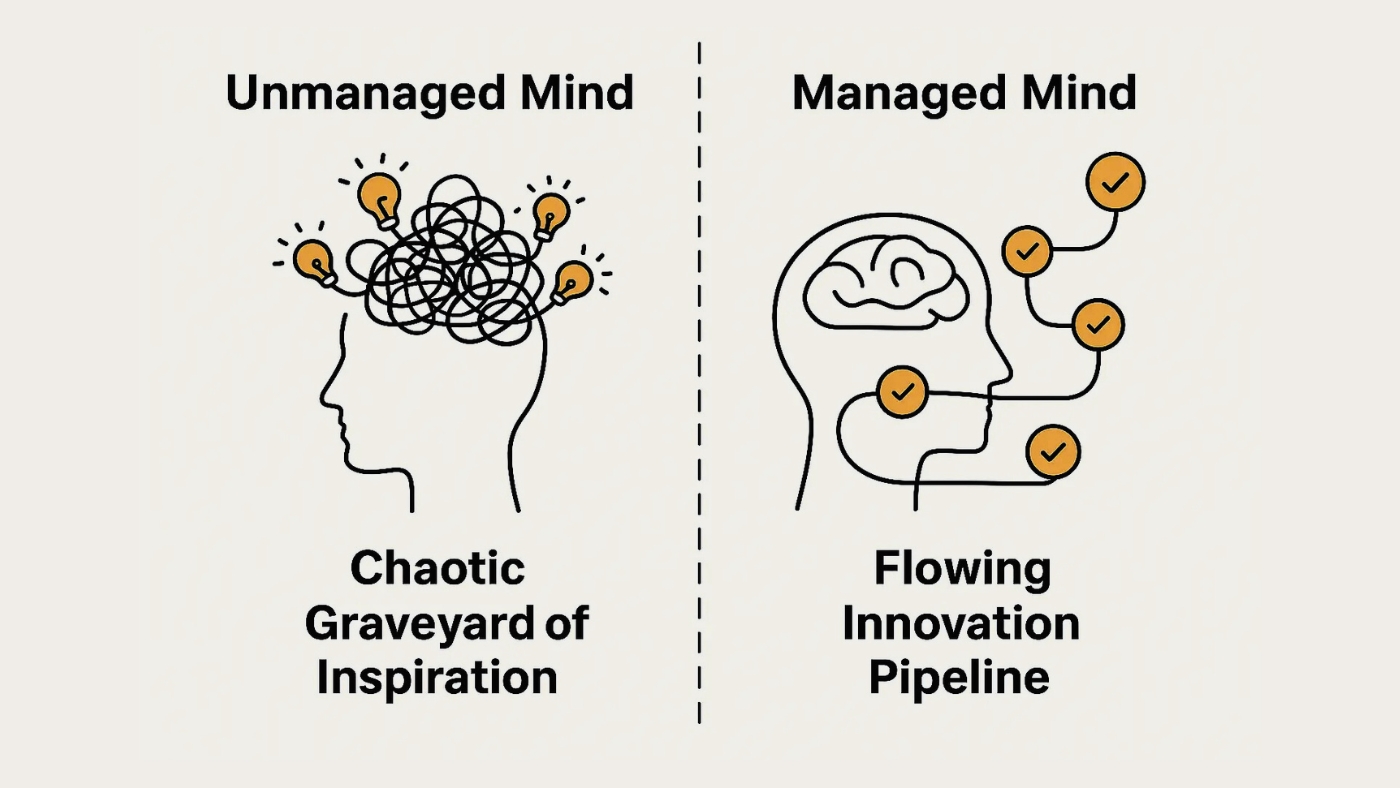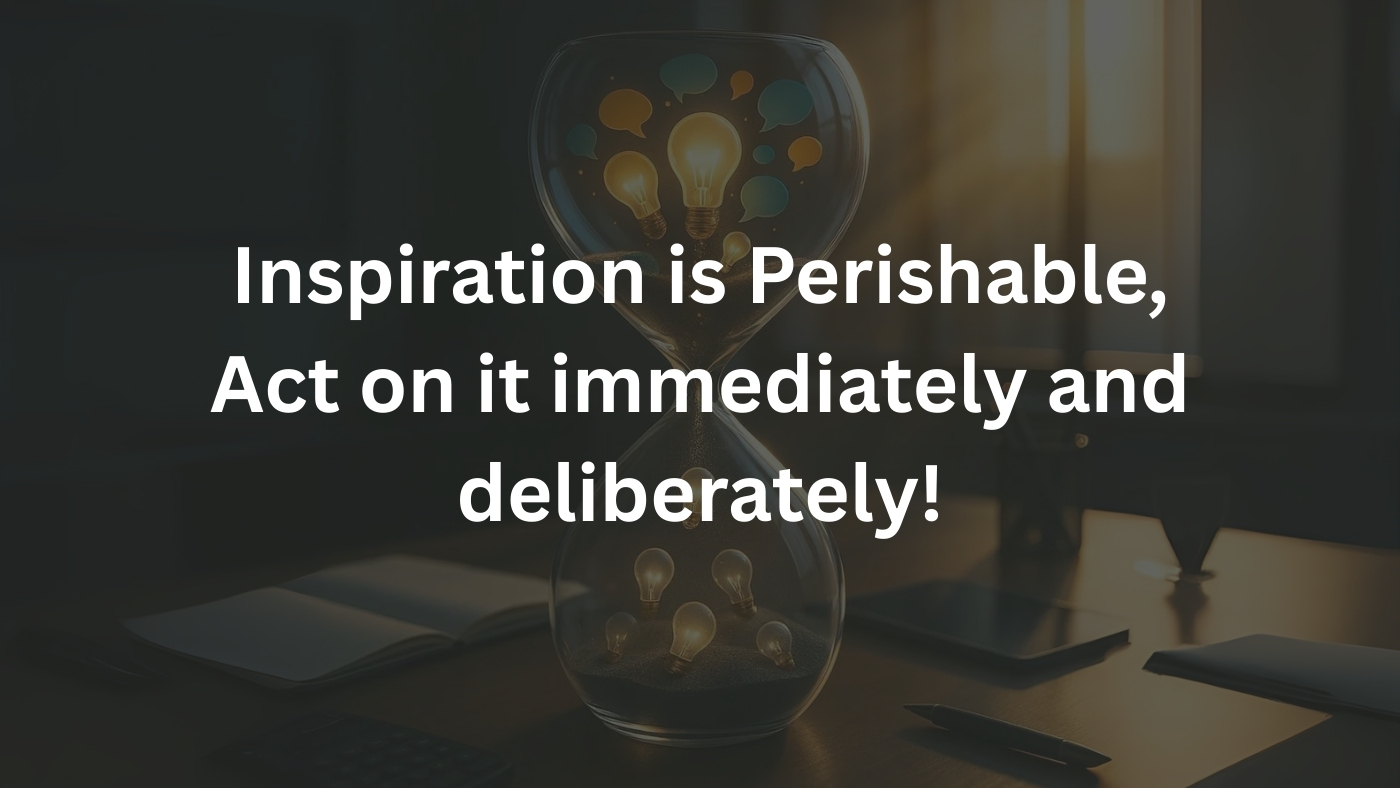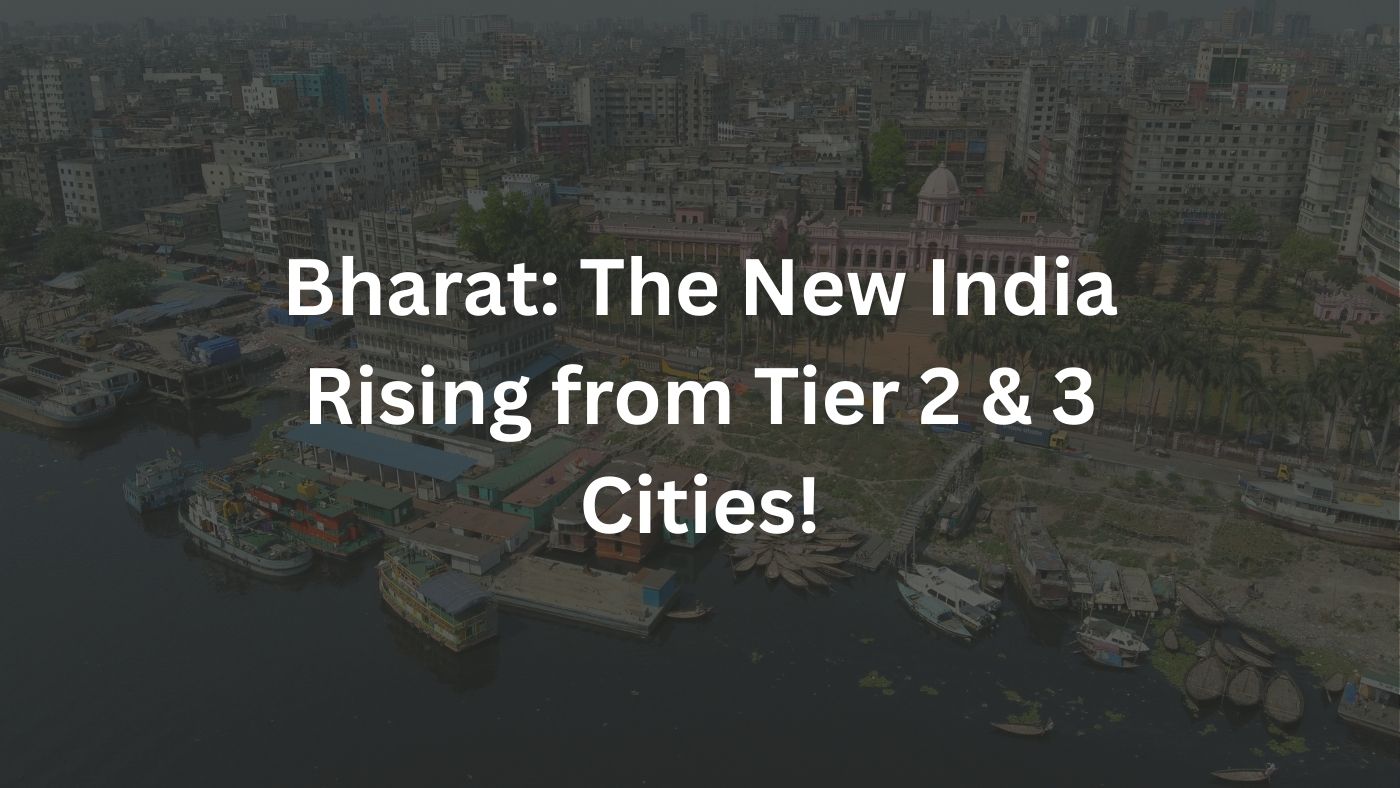Professionalism has long been treated as a fixed ideal, defined by formality, competence, and adherence to rules with respect to culture, technology and workforce values. In fact, Professionalism is said to be driven by the intersection of personal values, organisational culture and societal expectations.
In corporate parlance, professionalism has been linked to noticeable elements like punctuality, dress code, being present, hierarchies, measured communication, decorum etc. or generally how one conducts oneself. These elements are said to be important parts of ‘organisation culture’ and compliance to these elements is expected as part of the decorum. Adapting to the organisation culture is in itself considered a qualification, rigidly followed and strictly maintained.
But in the current context, the static view of professionalism is seen to be challenged
In reality, professionalism is not a static trait; it is a living concept that evolves with the world around us. The static nature is attributed to the slow changes around us. Actually, these changes are fluid and continual, happening every time, mostly slowly, and as such our ‘view is reduced’ to notice them in generational leaps. The difference between GenX (our generation born between 1965 and 1980) and GenZ (our kids born between 1997 and 2012) is turning out to be one such difference which may not have been noticed while evolving through GenY (millennials born between 1981 and 1996) but is now stark. And when you look at the difference between these two generations from the perspective of ‘professionalism’, the fault lines are starker. While in casual discussions, one may usually hear that the new generations do not seem to ‘fit in’, but in reality, it is turning out to be other way around. I am sharing my own account of noticing this change, which, while evolving continually was almost unnoticeable.
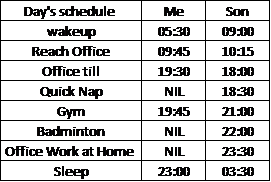
Nowadays, I am noticing that my son (a recent computer science graduate GenZ) gets up at 9 AM and that too after many alarm snoozes (and sometimes many physical pushes) and accordingly sets his schedule (off-setting mine) for the day. The broader day’s comparative schedule is in the box. And ‘despite’ such a schedule, he is super productive in his work. But schedule is only one of the aspects. Almost every other aspect of ‘our view’ of professionalism is seeing a potential clash with that of GenZ.
Other aspects of Professionalism where difference is stark
Note sure if you notice but, it is not only the day’s schedule which is different in two generations, there are other aspects where the differences are starker; from Business formals to hoodies, from Neck ties to Tees and from Hush Puppies to sneakers. From conforming to the cultural norms of the organisation’s to challenging the status quo for authenticity. From being punctual, being present and staying late at office to the outcomes & results that is brought onto the table. From ‘work from office’ to ‘work from home’. From cubicles to open spaces. From polished, jargon heavy and formal communication to clear concise, humanized, sometimes even emoji-inclusive communication. From emails to Slack, Snapchats, WhatsApp etc. From being loyal and staying put to being relevant.
The compiled list in the box gives you a sneak peek into few aspects of the professionalism where you will notice the differences to be starker now.
These changes are not sudden
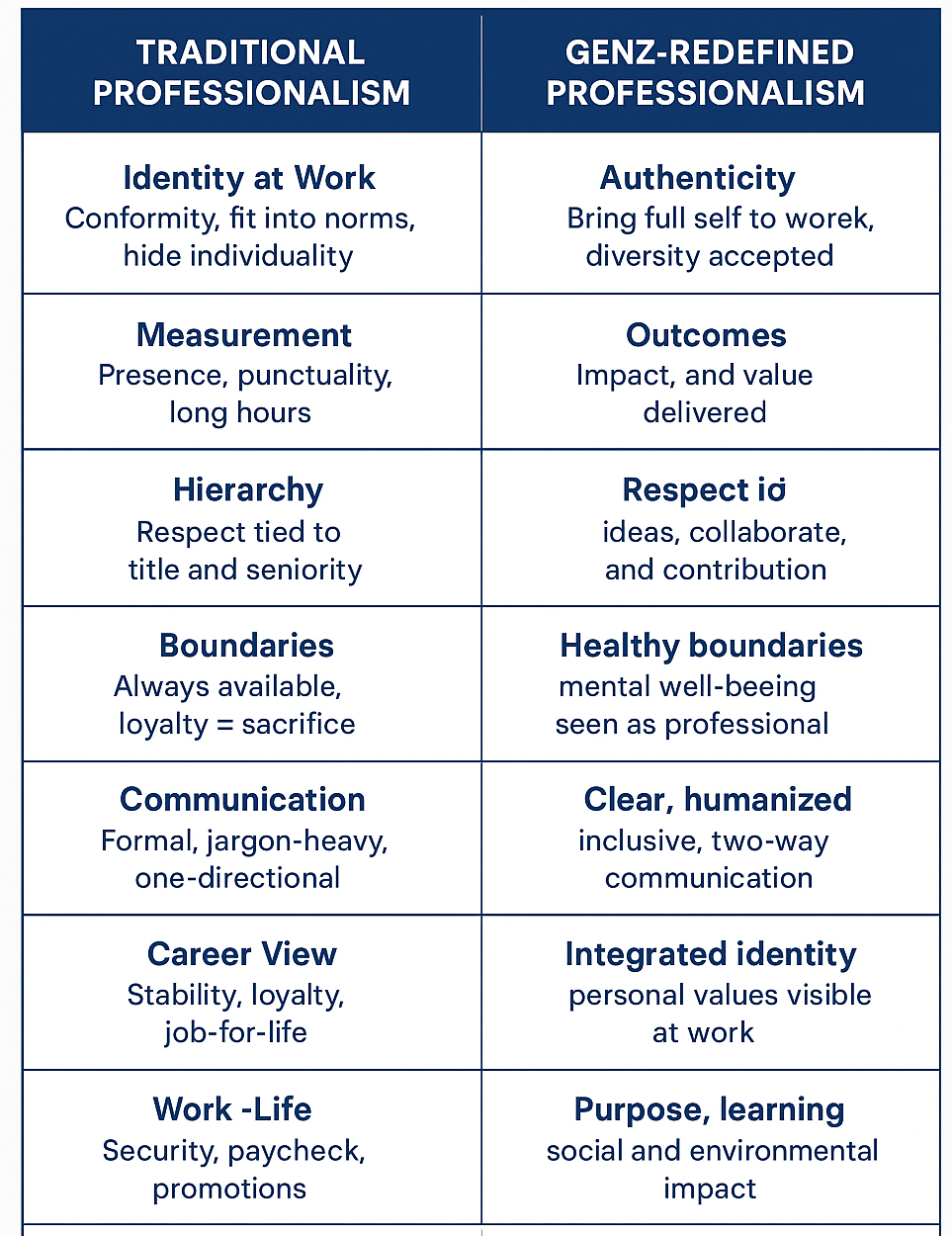
While we tend to brush off by saying ‘this new generation’ is beyond understanding, it is true to a certain extent. But the “sudden challenge” to the older view of professionalism isn’t really sudden at all. It only feels sudden because several long-brewing forces have converged at once. For years, professionalism was slowly bending with remote work gaining traction in form of global outsourcing; digital-first communication becoming normal, more so with the advent of smart phones; mental health entering workplace conversations which otherwise was considered as a taboo subject etc. Each change alone looked like an exception. But when the pandemic hit, all of these undercurrents surfaced at once, making the newer view appearing all of a sudden.
What looks obvious is that with cloud tools, AI, and global collaboration, the symbols of professionalism like formal attire, fixed hours in office etc, no longer signal competence. A sharp suit may matter less than a sharp Slack message. The younger generation no longer discuss work life balance and authenticity, they demand it, they question the status quo. GenX mildly discussed these things in closed circles, but when millennials voiced them unapologetically, they were tagged as rebels and now when the GenZ is demanding it, it is sounding sudden and violent. The fact is, change is often invisible until it becomes undeniable. Professionalism didn’t suddenly get challenged; it had been eroding quietly, and now the cultural shifts, technology, and crisis made the cracks too obvious to ignore.
What are the impacts on Organisation?
The changing professional traits may have far reaching impacts on organisations at cultural, structural and leadership levels. The organisational culture may start seeing a drift from being formal to being open and collaborative. The organisation structure may start the drift from being hierarchical to being flatter, more humane and more innovation or somewhere in between. Performance metrics may move from proxies of being punctual & present to being outcome driven. It may call for leadership recalibration from being authoritative and formal to being inspiring and accessible. From talent acquisition & retention perspective, the focus may shift from good salary and stable role to purpose, flexibility and inclusivity (off course with good salary). While this shift may bring in lots of positives to the organisations, these also challenge companies to shed deeply ingrained traditions like equating visibility with productivity or authority with distance etc. So, organizations that adapt to these changes may become more attractive to talent, more agile in execution, and more trusted by society. And those that cling to older models may face hurdles and even risk irrelevance.



